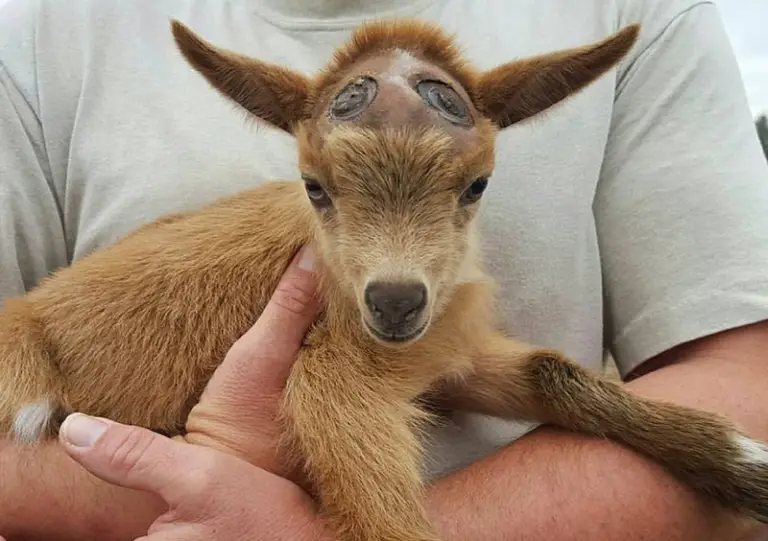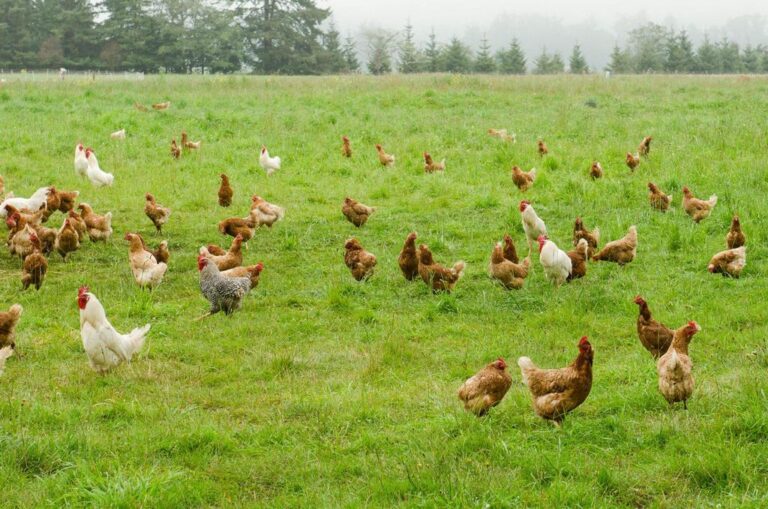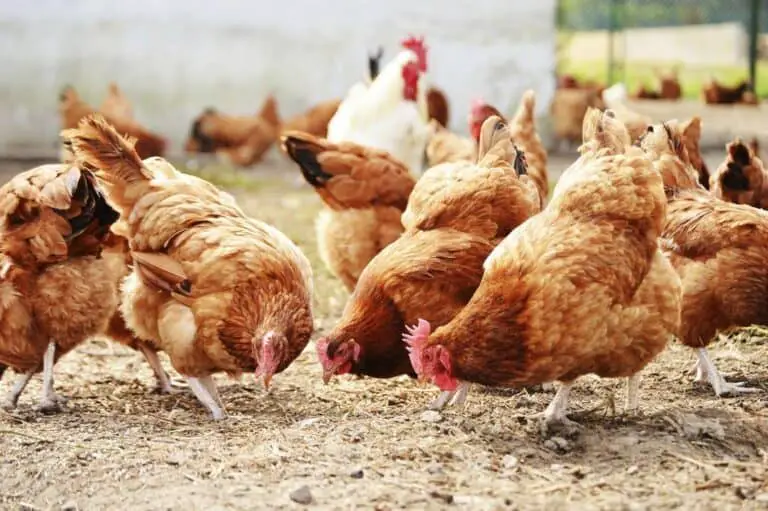Are Broiler Chickens Genetically Modified? Here’s the Surprising Truth
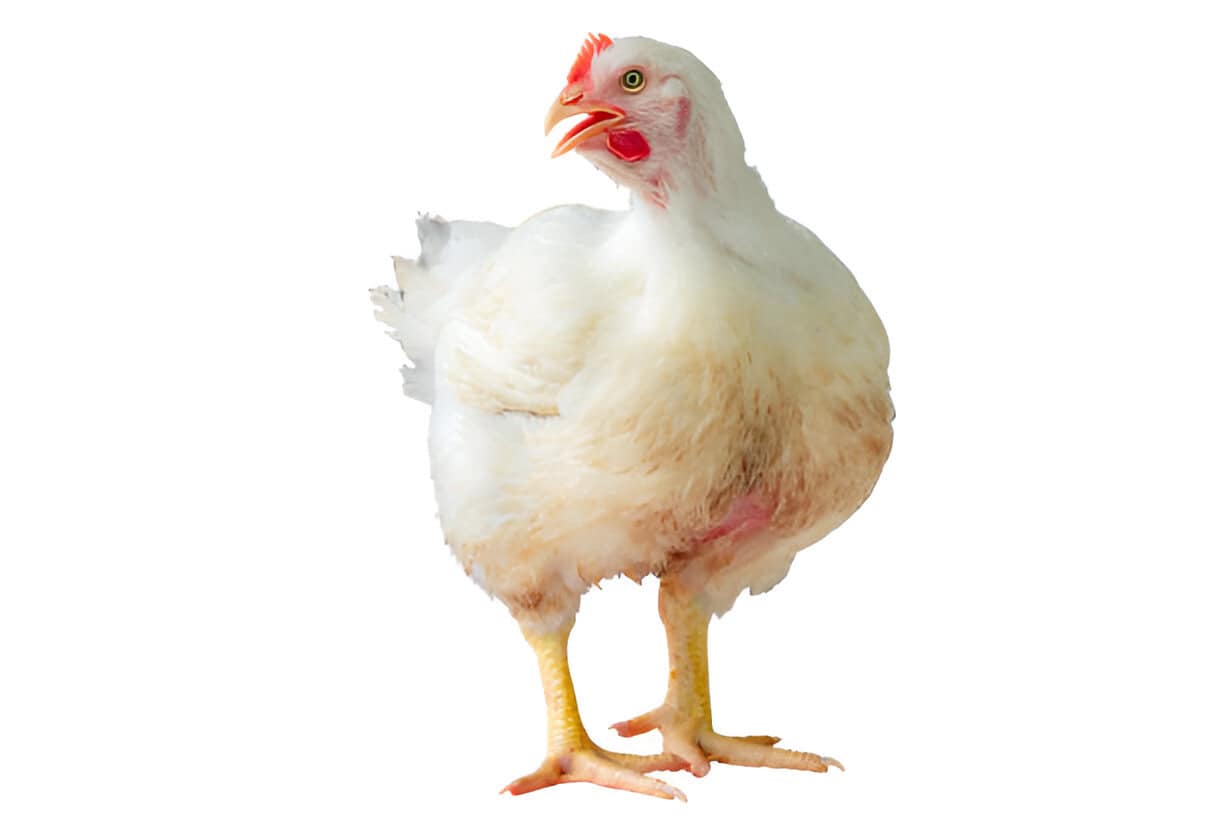
I remember standing in the grocery store one afternoon, staring at a pack of chicken breasts that looked more like turkey portions—thick, oversized, and oddly uniform. I held the package in my hands and thought, What on earth are they feeding these birds?! That moment was a turning point for me. As someone who tries to be mindful of what ends up on my dinner plate, I couldn’t help but question how something as basic as chicken had become so… not-so-basic.
Have you ever looked at your store-bought chicken and thought, This can’t be natural? You’re not alone. The rise of broiler chickens and their rapid growth has led many to suspect genetic modification. But are they truly GMO, or is there something else behind their size and speed of development? The answer is more nuanced—and more surprising—than you might think.
In this article, I’ll break down the truth about broiler chickens, including what genetic modification really means in this context, how modern breeding practices work, and what it all means for your health and your plate. If you’ve ever questioned the origins of your chicken dinner, this read is worth your time.
First Things First: What Exactly Are Broiler Chickens?
Before we dive headfirst into the deep end, let’s clear up what we’re talking about.
Broiler chickens are the meat birds you find neatly packed in the refrigerated aisle — the ones bred specifically for fast growth and juicy, tender meat.
They’re not the same as the hens clucking away on a quaint farm laying eggs; these birds are built like little feathered bodybuilders.
Quick Snapshot:
| Feature | Broiler Chickens | Egg-Laying Hens |
| Purpose | Meat production | Egg production |
| Growth Speed | Very fast (5-7 weeks) | Slower |
| Body Type | Large breast muscles, heavier | Lean, lighter |
So the question becomes—how did broilers get so big, so fast? Did scientists cook up a genetic cocktail behind closed doors? Let’s dig deeper.
So… Are They Genetically Modified?
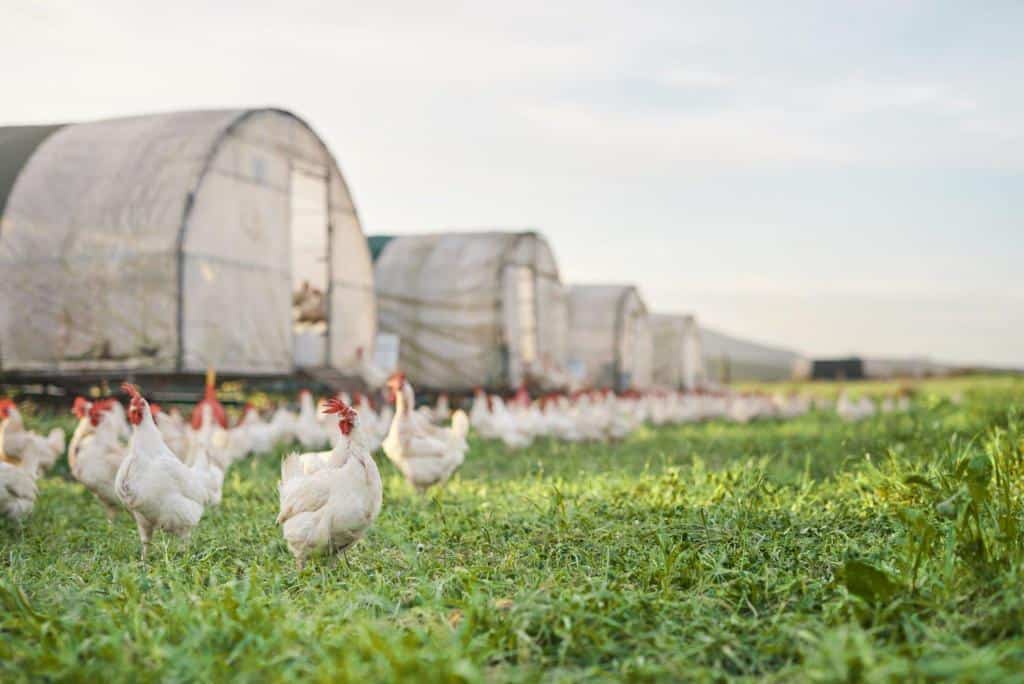
Short answer?
No, broiler chickens are not genetically modified.
When folks hear “genetically modified,” they often imagine scientists in lab coats splicing DNA like they’re playing God.
But when it comes to broilers, their rapid growth and plump frames come from good old-fashioned selective breeding, not genetic engineering.
Think of it like picking the best apples off a tree every season to plant new ones. Over time, you get bigger, juicier apples — not because you tampered with their DNA in a lab, but because you simply bred the strongest, healthiest trees.
In the same way, farmers and poultry experts spent decades selecting chickens that grew faster, had meatier bodies, and stayed healthy.
No gene guns, no Frankenstein experiments — just a lot of patience and a watchful eye.
Read: Orpington Chicken: A Comprehensive Guide to This Charming Breed
Selective Breeding vs. Genetic Modification: Know the Difference
Here’s where the wires get crossed for a lot of folks.
Selective breeding and genetic modification (GMO) aren’t the same kettle of fish.
| Feature | Selective Breeding | Genetic Modification |
| How it works | Choosing parents with desirable traits to breed naturally | Inserting, deleting, or altering DNA in a lab |
| Timeframe | Takes generations | Can be immediate |
| Common Examples | Dog breeds, crop varieties, broiler chickens | GMO corn, GMO soybeans |
Broilers are more like golden retrievers — bred carefully over time — rather than corn that’s been gene-edited to resist pests.
Why Do Broiler Chickens Grow So Fast Then?
When I first learned about this, it honestly felt like pulling back the curtain on a magic trick.
The rapid growth of broilers comes down to a perfect storm of:
- Selective breeding for size and growth speed
- High-nutrient diets tailored to boost muscle mass
- Optimal living conditions like temperature-controlled barns
- Health management to avoid diseases
It’s a recipe that’s been tweaked, tested, and perfected over decades.
By the time a broiler chicken is 5 or 6 weeks old, it’s basically a fully grown, tender meat machine.
No shady lab work necessary — just a whole lot of human ingenuity and, frankly, an appetite for chicken dinners.
But What About Hormones or Steroids?
If I had a nickel for every time someone asked me, “Aren’t they pumped full of hormones?” — I’d probably have enough to buy my chicken farm by now.
Here’s the straight scoop:
In countries like the United States, it’s actually illegal to give chickens hormones or steroids.
That’s right — illegal.
Has been since the 1950s.
Broiler chickens grow quickly because of their genetics and care, not because they’re juiced up like weightlifters before a competition.
If you see “No hormones added!” plastered across a chicken package, it’s mostly a marketing ploy.
All chicken in the U.S. is hormone-free, whether the label shouts about it or not.
| Read: The Americana Chicken Breed: Unique Traits and Care Tips |
Common Myths About Broiler Chickens — Busted!
Let’s tackle a few other tall tales I hear at backyard BBQs and farmers’ markets:
| Myth | Reality |
| Broilers are genetically modified | False. Selective breeding only. |
| They’re given growth hormones | Nope. It’s illegal. |
| Broilers are unhealthy to eat | Not true. Chicken remains a lean, healthy protein source when prepared right. |
| Chickens grow fast because of antibiotics | Antibiotics are used to prevent disease, not promote growth. Strict rules are in place. |
Should I Be Worried About Eating Broiler Chicken?
Honestly?
Unless you’re raising your own backyard flock and hand-feeding them organic sunflower seeds, almost all chicken you eat — at restaurants, grocery stores, fast food joints — is broiler chicken.
And that’s not a bad thing.
Here’s why I still toss chicken breasts into my cart every week without blinking:
- High in protein and low in fat (if you skip the deep-frying).
- Affordable — a protein source that won’t empty your wallet.
- Versatile — from grilled skewers to slow-cooked stews.
If anything, the real worry is making sure you cook it safely to avoid foodborne illnesses — not whether it’s secretly a lab experiment.
Consumer Perspectives on Broiler Chickens
Consumers today are more curious than ever about where their food comes from, especially when it comes to meat and poultry. Many shoppers are now reading labels, researching farming practices, and asking important questions about how broiler chickens are raised. This shift reflects a broader desire to make healthier, more ethical food choices.
However, public perception of broiler chickens is often shaped by misinformation. Viral posts, outdated data, or misleading images can create fear or distrust, even when the facts tell a different story. Not all broiler chickens are genetically modified, and most are bred through selective techniques rather than genetic engineering.
Here’s a quick breakdown:
| Concern | Fact-Based Clarification |
| GMO fear | Most broilers are not genetically modified |
| Hormone use | Hormones are banned in U.S. poultry |
| Rapid growth concerns | Largely due to selective breeding |
Transparency in poultry farming—clear labeling, ethical practices, and open communication—can help bridge the gap between farms and consumers, building trust and confidence.
Final Thoughts: No Lab Coats Necessary
When it comes down to brass tacks, broiler chickens are not genetically modified creatures lurking in the meat aisle.
They’re simply the result of generations of careful selection, good farming practices, and a hefty dose of good old human persistence.
So next time you hear someone whisper conspiratorially about “Franken-chickens,” you can smile, grab a drumstick, and set the record straight.
At the end of the day, broiler chickens aren’t science fiction — they’re just a testament to how far farming has come from chasing chickens around the backyard with a feed bucket.


